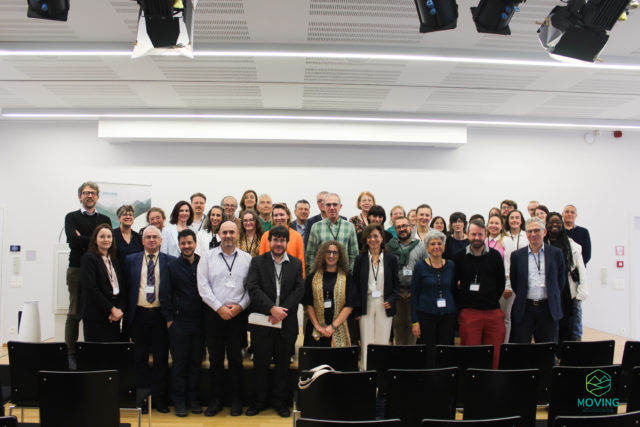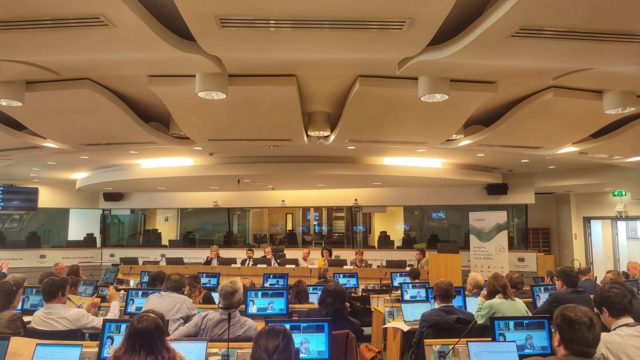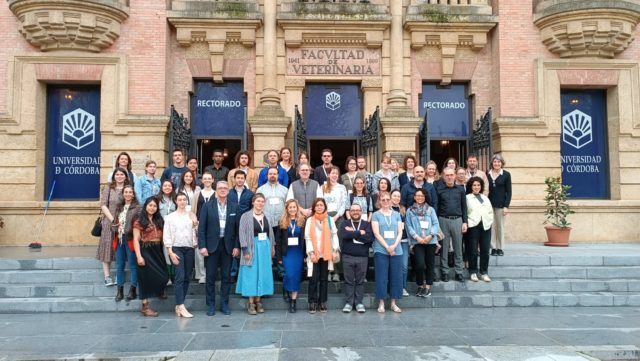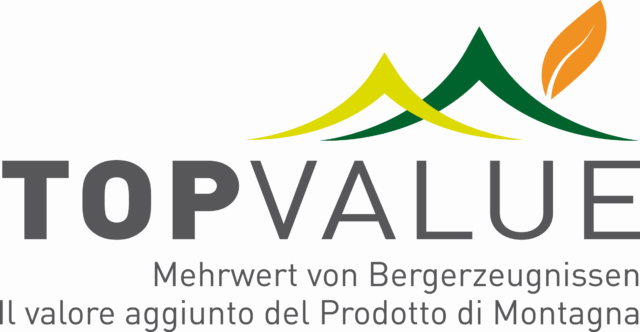This chapter aims to develop a theoretical approach identifying the main factors which contribute to successful Geographical Indications (GIs). To achieve this objective, we highlight the interactions between the mechanisms of intellectual property rights protection, those linked to economic transactions and those linked to sustainable rural development. Consequently, our theory will take into account three levels of interactions: markets, organisations (or institutions) and territory. As far as GIs are concerned, we refer to the special case of traditional products whose names can be potentially protected under international treaties, such as those qualifying as GIs under Art 22.1 of TRIPS, or subject-matter-specific protection regimes, such as Protected Designations of Origin (PDOs) or Protected Geographical Indication (PGIs) recognized in Regulation (EU) No 1151/2012 on Quality Schemes for Agricultural Products and Foodstuffs. The intellectual property protection of GIs, as defined in TRIPS, must be implemented by national regulations in each member state. The foundation of the actual legal basis of protection is the ‘unfair competition’ framework, which regulates the conduct of firms in the marketplace: they obtain the means to fight against unfair imitations, produced outside the geographical area of the traditional product, in almost all the cases at lower prices because of less demanding processes, and by abusing the trust of the consumers about the genuine provenance of the product.








